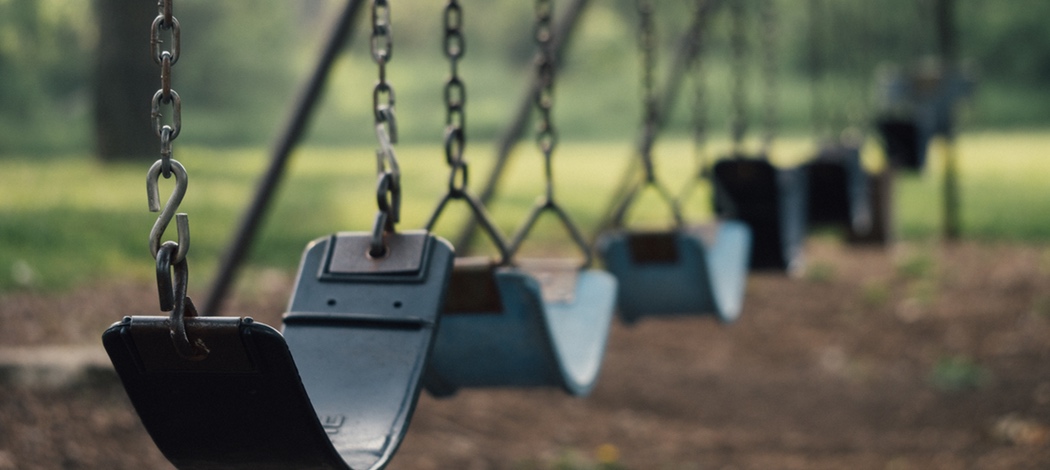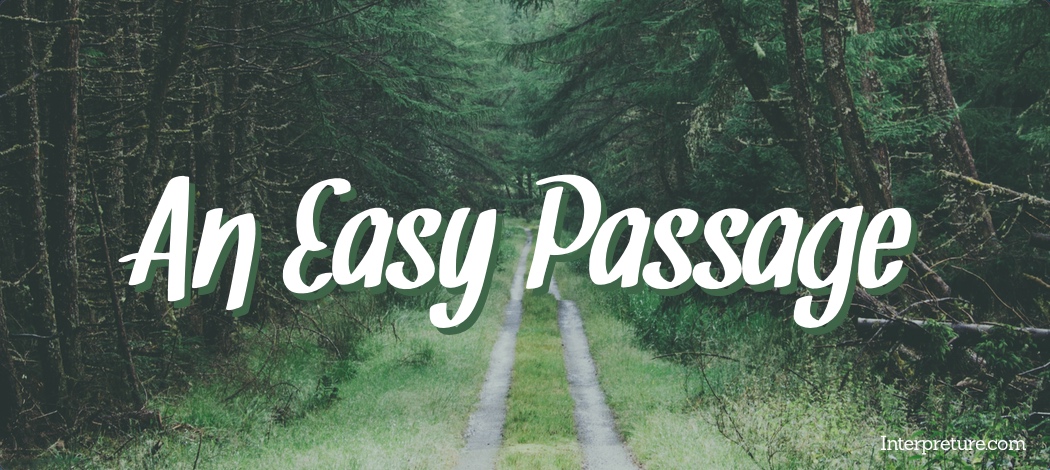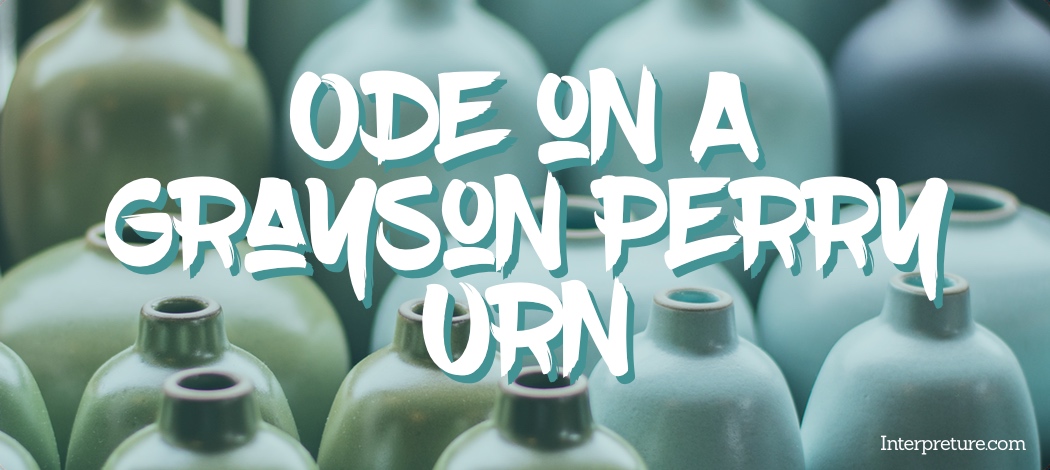‘To My Nine-Year-Old Self’ by Helen Dunmore explores the idea of childhood, considering the regrets and nostalgia that an adult may have when looking back at their past experiences. Dunmore is a poet and novelist, with her skills and experience in both fields often merging, resulting in many of her poems communicating a broad range of ideas and information to the extent that they almost feel like a compact short story. Her favourite topics to reference include the natural environment and history, with the idea of the past and transitions present in ‘To My Nine-Year-Old Self’.
This poem is part of the set of prescribed poems that could be included in the Edexcel English Literature exam, meaning that it is important to study, understand and revise this poem. Click here to see all the prescribed poems from the ‘Poems of the Decade’ collection.

Interpreture gives ‘To My Nine-Year-Old Self’ a difficulty rating of 2, meaning that it is deemed to be relatively straightforward. The themes explored in this poem are very easy to understand with approachable language and ideas. We find the structure to be the most challenging part of the poem due to it being more complex than other aspects of the poem. Some students may struggle to find comparative points with other poems due to the lack of variety in the themes and language devices.
‘To My Nine-Year-Old Self’
The personal link of “my” and “self” helps to communicate with a reader that this is a personal poem, likely to look back on and reflect on previous experiences that the narrator has had; even to the extent of wanting to send a message to themselves as a child with new thoughts and feelings that have developed in the years since. It also indicates that the poem may be presented as dialogue or a conversation between one person, which aids the tone of self-reflection and consideration. While to some readers this may be an overused idea, having only the narrator speak from the present helps to develop a nostalgic tone, but some readers could also see this as looking back on the past with ‘rose tinted glasses’ and making it out to be more positive than it actually was at the time.

Poem Structure
The rhythm of the poem is almost immediately broken in the beginning, with a caesura after “forgive me”. This helps to create a reflective tone, perhaps hinting to a reader that the subject matter will have negative elements or that some kind of betrayal has taken place. The frequency of commas, and therefore breaks in the rhythm throughout the poem, also helps to add layers of emotion, with readers likely to interpret these pauses as moments of reflection and contemplation. Another notable use of punctuation is the question at the end of stanza two. This is the only question mark in the poem, helping to place emphasis on the extent of differences between the narrator as a child and in the present.
There is also a transition in the poem in terms of how changes between stanzas occur. Initially there are complete end-stopped lines with full stops and question marks, however as the poem continues this changes to commas and hyphens. These punctuation devices enable a more constant flow of speech with less separation, which helps a reader to understand the narrator’s growing emotion and lack of clarity in this ‘letter’ as they become more consumed by memories and nostalgia. As such, a reader may in turn reflect on how they have become more distant from their own childhood thoughts and experiences as they have grown up and had more life experiences.
Some poems from the Poems of the Decade collection have a very consistent line length, such as ‘From the Journal of a Disappointed Man’ and ‘Eat Me’ however it is clear that this is not the case when looking at ‘To My Nine-Year-Old Self’ with frequent changes in line length. This is particularly noticeable between the first stanza in comparison to “long buried in housing” in the second to last. The differing lengths of the lines can be interpreted as the growing and changing of stories and memories that the narrator has, which would likely feel more ‘natural’ to a reader than a very controlled and refined structure. This also encourages the viewpoint that this is a personal and thoughtful piece of writing, rather than something that has been meticulously crafted for another reader.
Poetic Techniques
The frequent use of pronouns helps to ensure that there is a very personal tone throughout the poem, with the frequent mix of “I” “we” and “you” giving the impression that the narrator is increasingly being caught up in the past, and is now mixing these experiences as if they are occurring simultaneously for both themselves now and when they were younger. Some readers may find this very emotive because it provides a clear demonstration of the very strong nostalgia for the innocence and freedom of childhood, although others may find that it helps to emphasise the distance in time between the two, even if there is not as much difference on a personal individual level.
Imagery is a key technique through which much of the meaning of the poem is able to be communicated. This includes the repeated imagery of summertime, evoking happy memories in many readers due to freedom from school and responsibility, and greater opportunity for fun and recreation. It also connects to positive connotations of happiness, life and energy, which suggests that the narrator feels they now lack these qualities in their adult life. However, there is the contrasting imagery of “scars” which links to the idea of ever lasting impressions of events and memories, but with a surprisingly negative tone which helps to make it more memorable to a reader.
Important Lines
“You must forgive me.”
The imperative of “must” causes this sentence to be a relatively forceful opening to the poem. It also makes a reader apprehensive for what should be forgiven, particularly with the direct address of “you” as the opening word. In addition, it helps to introduce the idea of dialogue within the poem, with “you” and “me” being introduced.
“I have spoiled this body we once shared.”
Blame is clearly placed on the narrator, particularly with the additional stress on “I” due to it opening the second stanza. The use of “spoiled” is quite significant because it simultaneously shows the impacts them that are present today and that it was once ‘better’, potentially with greater innocence and happiness.
“I shan’t cloud your morning”
The idea of “cloud” contrasts to the previously discussed summer imagery which is present throughout the poem, indicating that a continued presence from the narrator will undermine the happiness of these childhood memories. In addition, the homophone between “morning” and “mourning” can be seen as showing the nostalgia felt by the narrator for their childhood.
‘To My Nine-Year-Old Self’ Key Themes
- Childhood: The poem clearly links to this theme, with the entire poem built around childhood experiences and the nostalgia that the narrator feels for their childhood. There is also persistent childhood imagery and an accompanying semantic field to reinforce this idea.
- Past and Present: Transitions between past experiences and present realities are explored in this poem, although the domination of the childhood theme means that some of these interpretations and ideas may be overlooked.
Quick Focus Questions
- How does the imagery of summer help to influence emotions experienced by a reader?
- How does the lack of a rhyme scheme influence the mood of the poem?
- What impact does the description “men in cars after girl-children” in stanza four have on a reader and their response?
While ‘To My Nine-Year-Old Self’ is a relatively straightforward poem, the strong focus on the theme of childhood can be seen as potentially making it more difficult to find other themes to compare should a question require this. As such, while poems such as ‘Material’ or ‘An Easy Passage’ may be more easily linked, it is perhaps worth also considering how transitions are shown in this poem and others such as ‘Effects’ or ‘The Furthest Distances I’ve Travelled’ for a potential exam question. In addition, much of the meaning in the poem rests upon imagery and structure, potentially making it more difficult to compare to other poems too.







3 Comments
Thanks for your analysis again! I did have a general understanding on the poem’s focus on childhood vs adulthood prior to visiting this site, but your crystal-clear analysis has truly highlighted the personal construction of this poem which makes it so memorable.
What would be the best poem to compare this with when discussing morality? I’m having trouble finding a suitable comparison.
Thanks
This seems like a tricky one! Morality wouldn’t be the first thing that comes to mind when thinking about this poem, but I think there are ways you can approach it. It might help if you start by defining morality: it’s ethics, correctness, goodness, honesty, purity, etc. Things like honesty and purity are perhaps a lot easier to apply to this poem; just make sure to link back to morality. From there you can go to other poems that have a clearer link e.g. Giuseppe, The Lammas Hireling, The Deliverer, or Eat Me – it might be interesting to look for similar poetic techniques but how they’re used to present a different type or perspective of morality.
Maybe you could also consider the differences in morality of the speaker vs their younger self, comparing this to how other poems in the first person reflect on the morality of thoughts and experiences. E.g. This poem opens with “You must forgive me” which implies the speaker has done something wrong.
Having written all this it does actually seem a really interesting question even if it seems a bit daunting at first. Hopefully this helps!